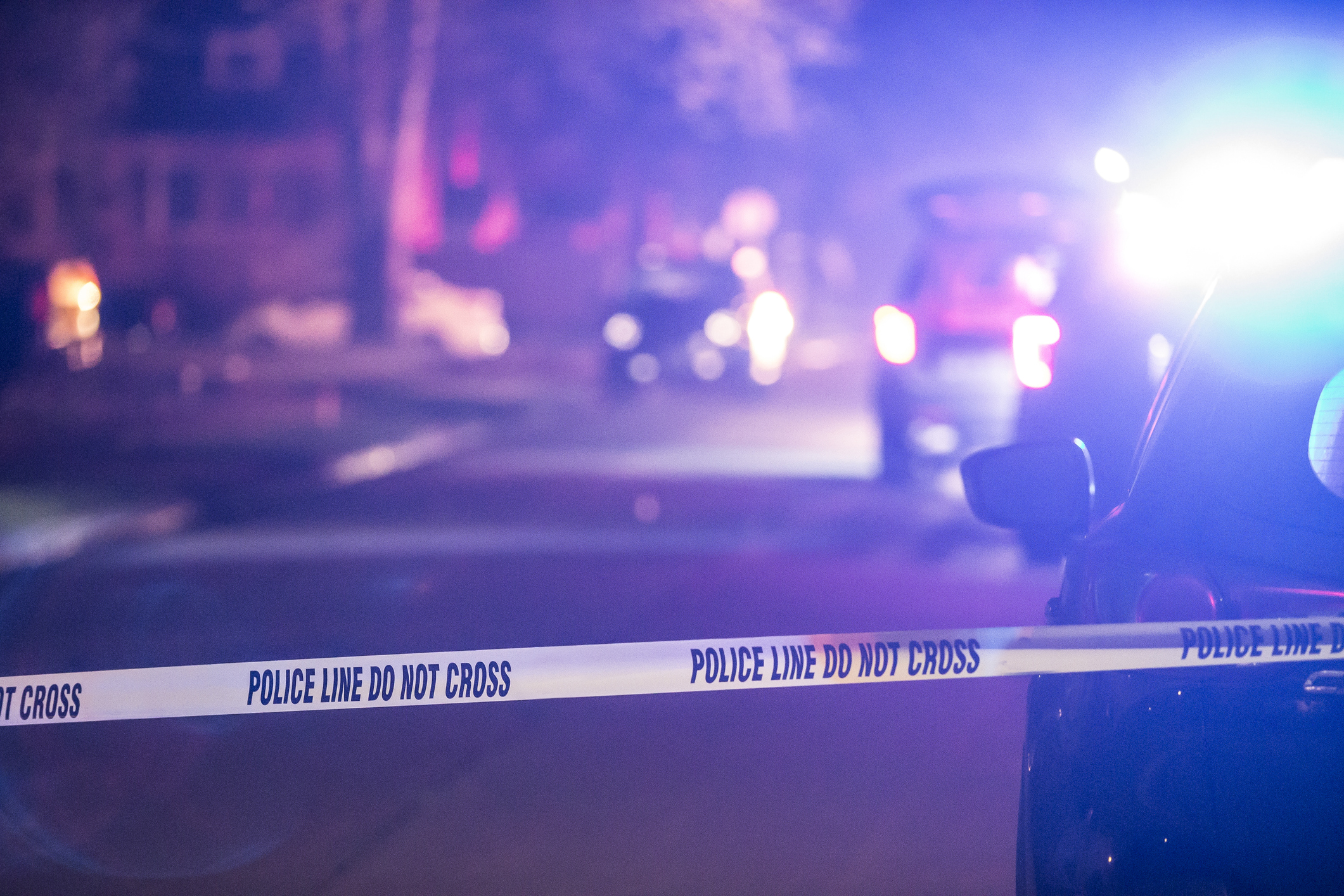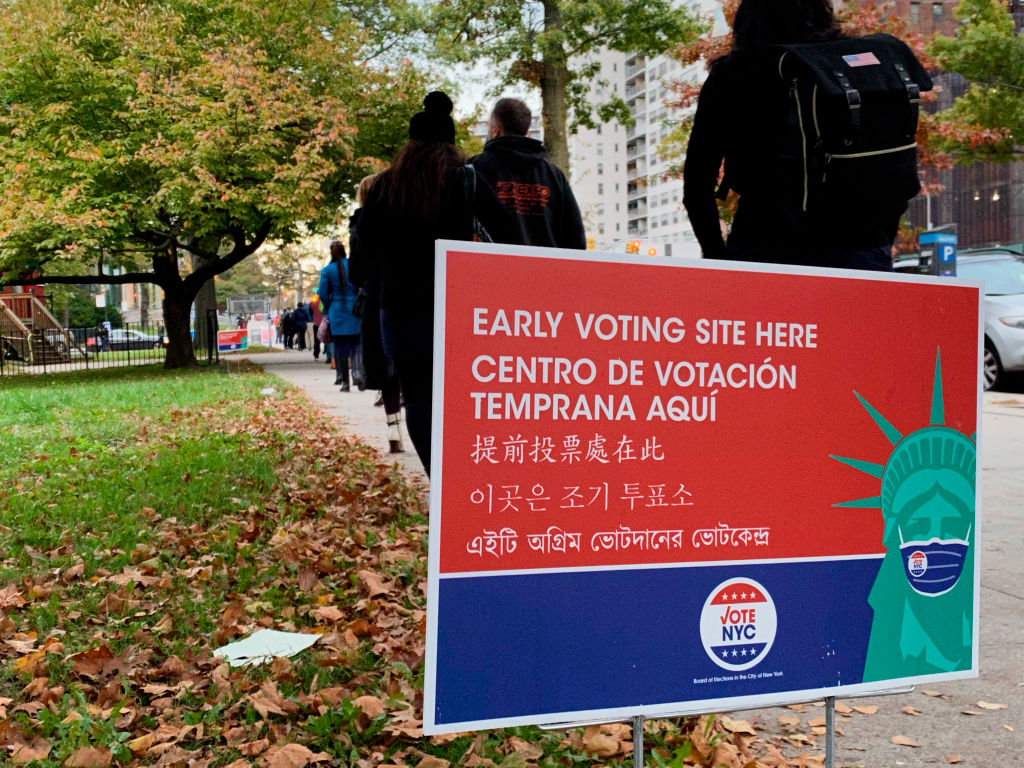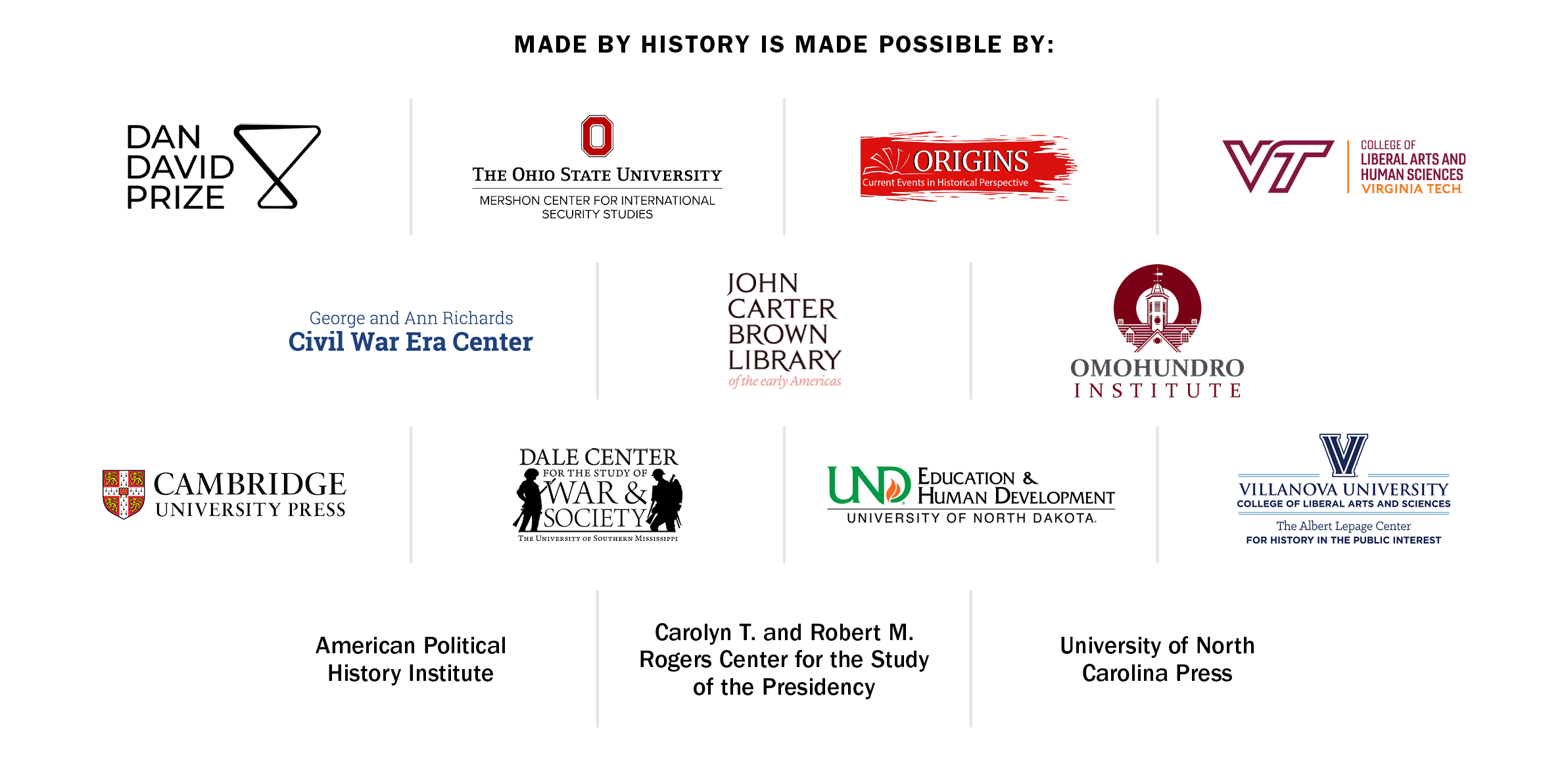
After several years of rising crime, big city mayors and police chiefs across the country are breathing a sigh of relief. Statistics published by the Council of Criminal Justice and other recent analysis show the number of homicides and aggravated assaults fell by a respective 10% and 3% in big cities in 2023 compared to 2022, though the rates remain higher than in pre-pandemic years.
[time-brightcove not-tgx=”true”]These are hopeful signals. If these trends persisted on a national scale, this could indicate violent crime markets have retracted. But declarations that violent crime is falling miss important—and disturbing—crime trends data that paint a much more complicated picture. While big city crime may be falling, suburban crime may be rising. More surprising still, crime in rural areas appears to be rising even faster—and a much higher share of this crime involves strangers and guns.
These startling findings come from an important but underappreciated nationally representative data source—the National Crime Victimization Survey (NCVS)—that includes crimes not reported to police. Along with last year’s big city estimates, the latest figures from the FBI’s 2022 UCR program gathered from police reports, and the Bureau of Justice Statistics’ NCVS report drawn from interviews with households, present a complex narrative that does more than merely highlight differences in data collection methods but unveils a nuanced and evolving picture of violent crime in the U.S.
Besides a slight rise in robbery rates from 65.5 to 66.1 per 100,000 residents, the UCR program suggests a national decrease in both the rates of fatal (homicide) and non-fatal felony violence (rape, robbery, and aggravated assault) from 2021 to 2022. In contrast, the NCVS shows an increase in non-fatal felony violence, with victimizations per 1,000 persons over the age of 12 increasing from 5.6 in 2021 to 9.8 in 2022, primarily due to a doubling of aggravated assault rates. NCVS estimates imply that a substantial portion of crime remains unreported, the so-called “dark figure” of crime that eludes the detection of law enforcement.
A clearer picture of who is at greatest risk for violent victimization emerges when analyzing crime rates by location. The NCVS shows that the traditional boundaries between urban and non-urban violence are dissolving. Suburban and rural areas, once considered safe havens, are now confronting a jump in non-fatal violent crime, fundamentally changing the geography of public safety.
The robbery rate in urban centers increased by 21% over the three years, driven largely by the 78% increase between 2021 and 2022. Looking at the suburbs, the 2022 increase in robbery rates hit 21%, contributing to the 40% increase through 2021. In the rural areas where the American dream of pastoral peace is most cherished, robbery rates rose by 44% in 2022 after a two-year decline.
This shift is further accentuated in the rates of aggravated assault, which have not only risen in urban areas but have skyrocketed in non-urban areas. In urban centers, these assaults have risen by 51% in a single year from 2021 to 2022. Looking back at the suburbs and rural areas, the respective increases were even more pronounced with rates over nearly three times and two times higher in 2022 than in 2021.
Gun violence also increased and spread across geographies. The gun-related victimization rate in urban centers increased by 1.3 per 1,000 in 2022 compared to the previous year, reaching 2019 levels after a decrease. This rate doubled over the past two years in the suburbs and is slightly higher than in 2019, while in rural areas, there was a surge in non-fatal gun violence rates, with approximately 66,000 more reported victimizations between 2021 and 2022, returning to rates last observed in 1997.
Research suggests most violent crimes are committed by someone the victim knows such as friends, acquaintances, and relatives. This remains the case, but estimates indicate strangers are responsible for more violent crimes, especially in non-urban centers. After decreases in the number of violent felony victimizations involving strangers from 2019 to 2021, all areas experienced large increases by 2022. For this one-year period, these types of victimizations climbed by 37% in urban areas, 73% in the suburbs, and more than doubled (102%) in rural locales.
Read More: If We Want to Reduce Deaths at Hands of Police, We Need to Reduce Traffic Stops
Breaking down the data by race adds a layer of complexity to the narrative. White Americans have seen a marked increase in victimization, particularly in urban areas, reversing previous declines. From 2021 to 2022, violent felony victimization for this group rose by 75% in urban areas, 93% in suburban areas, and 62% in America’s countryside.
For Black Americans, the pattern is more complex, with an initial rise in urban victimization rates followed by a 20% decrease from 2021 to 2022. However, the increase in violent felonies in suburban areas paints a troubling picture of the changing risks these communities face. For Black Americans residing in the suburbs, the rate of violent felonies spiked 74% over the three years, with a sharp leap of 172% from 2021 to 2022. Outside the metropolitan centers, the three-year increase is less dramatic (29%) but still alarming.
The rise in violent crime comes at a time of historic domestic migration. During the height of the COVID-19 pandemic and associated lockdowns, people and families relocated from cities to the suburbs and rural locales, motivated by the flexibility of remote work and the desire for safer, more affordable, and more spacious living environments. Studies have found that violent victimization influences residential mobility, but it appears more factors are at play. As people migrate, they not only bring their dreams and aspirations but also create economic tensions and cultural integration challenges that can ferment crime and complicate public safety efforts. It’s in this intersection of mobility and security that we must revisit our approach to crime prevention and intervention.
Although the Justice Department’s Roadmap provides resources based on the Ten Essential Actions Cities Can Take to Reduce Violence Now, developed by the Council on Criminal Justice, the evidence is mostly from studies conducted in urban areas. Efforts to reduce violent crime in non-urban areas face challenges such as limited resources, large territories that inhibit community engagement and response times, despite initiatives like the BJA’s Rural and Small Department Violent Crime Reduction Program that collaborate with law enforcement agencies (LEAs) to develop strategies addressing these issues and Crime Analyst in Residence program intended to assist LEAs in enhancing their operational and procedural management through the utilization of data analysis and analytics.
This shift observed in the NCVS also calls for examination of the racial differences in victimization rates—particularly the heightened vulnerability of white Americans in urban settings and the complex pattern of rising and then decreasing rates for Black Americans.
Further research is needed to address gaps and uncertainties in the valuable insights provided by NCVS, particularly with regards to how victimization rates influence residential mobility within urban centers, the potential underestimation of victimization among Black people, and the variations within different areas. It is imperative to also examine the challenges posed by response rates to the NCVS, especially among hard-to-reach populations.
Meanwhile, NCVS estimates force us to seriously consider that criminal violence might be evolving rather than declining, necessitating the development and adoption of effective strategies like proven community violence reduction initiatives as well as housing, public health, and employment programs adapted to the particular needs and strengths of suburban and rural communities. Otherwise, there is a danger of resourcing and implementing urban-centric, pre-pandemic strategies in a post-pandemic world that misses the opportunity to improve community safety across racial and geographic divides.
While the recent data suggests a decrease in urban crime, many Americans still feel uneasy. It’s conceivable that the pronounced changes in victimization, particularly in suburban and rural areas, have heightened this sense of vulnerability. The discrepancy between the actual numbers and public perception challenges us to consider the changing geography of crime and the impact it has on the nation’s sense of security.
source https://time.com/6904210/america-suburban-crime-problem-essay/









